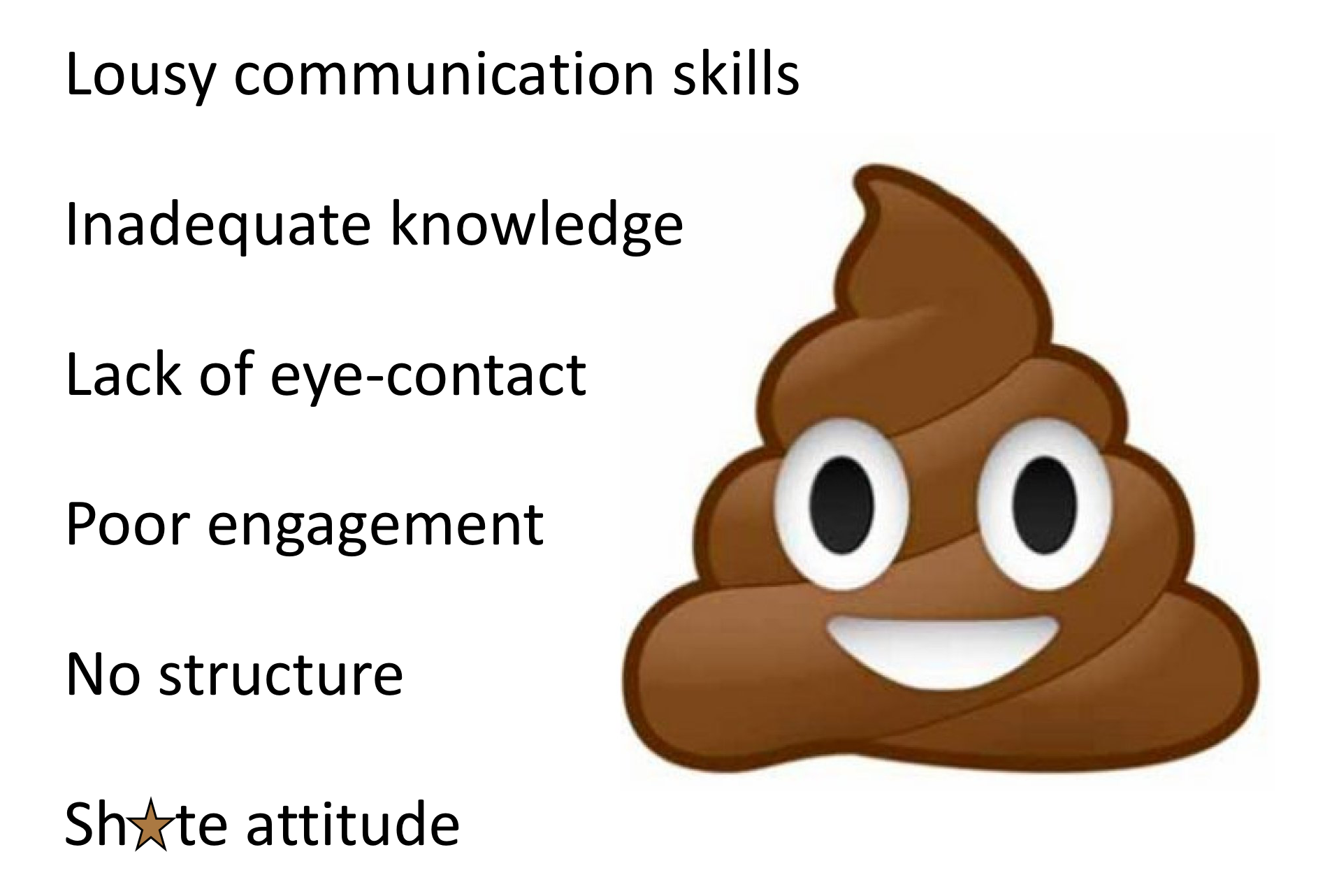This is one of my personal favourite topics. I have been wracking my brain as to why it is so important to me.
Why are hands-overs such a dangerous time in patient care?
Why should I spend time talking about it?
Why should we spend more time on this part of patient care – especially when there is a long queue of patients waiting to be seen, or the next call is pending?
I guess it all started while working in the pre-hospital environment. I’d spend a good 10 to 12 hours looking after a patient during a long-fixed wing mission. I was uncomfortable: full bladder, tired, and stressed about the condition of my patient. Our final destination: a busy receiving hospital. The staff would spend about 20 to 30 seconds listening to my hand-over (if I was lucky), and then started scurrying around, putting on BP cuffs, monitors, calling for X-rays and ECG… all while I was still handing over. It was as if none of the information really mattered.
I guess this may sound familiar to many people.
And I know I am guilty of the very same thing.
Handovers can be such a dangerous time in patient care. Transitions in care are fraught with the potential for error and patient harm.
It’s like crossing a ravine. On one side: an individual or team with pre-existing knowledge of a patient. The other side: a new health care provider or team meeting the patient for the first time. Below: the abyss – with all the perils that come with a transition in care.

Mistakes are easily made: important information is lost along the way; medication errors; misunderstandings and errors. Patients may suffer, and even die.
During the course of an illness, a patient may be exposed to many changes in levels of care:
- pre-hospital to hospital
- ED to other ED staff e.g. shift change
- ED to in-patient team
- Ward to theatre
- Theatre to ICU
- Telephonic referrals
- Inter-departmental: different speciality services are involved
- Inter-hospital transfer
- Handover to family on discharge
- In-patient to out-patient care – follow up with GP or clinic
With so many transitions in care, there is the potential for any number of errors (1).
Health care providers are human – we make mistakes. The WHO defines patient safety as “the absence of preventable harm to a patient during the process of health care” (2). Patient safety is everyone’s concern (3) and developing a culture of patient safety in medical practice is our responsibility. High quality hand-overs is an important step in the right direction.
Over the years I have been guilty of giving many really bad hand-overs. I find that a large contribution to the quality of my own hand-overs is my own personal “stuff”: what is going on with me on a personal level.
Internal distractors are a major impedance to good hand-overs
- Creature comfort levels: hunger, thirst, tiredness
- Full bladder
- Personal problems
- Emotions
- Frame of reference
- Expectations or pre-conceived ideas
- Pre-occupation with another patient or problem
- Task over-load
These are all things that, as an individual, I can work on. If there is a work-place disagreement, I need to ensure that this doesn’t influence my patient care and hand-overs. Task-sharing or delegation may relieve some of the work pressure.
System changes also play an important role long-term. There are ways to alleviate work stressors: ensuring on-duty hours are not excessive; rostering lunch-breaks; and ensuring adequate staff coverage.
Another barrier to a good hand-over may be language differences. Hand-overs might not be performed in a health care provider’s first or even second language. This is particularly relevant in South Africa. In SA we’ve found that language barriers lead to misunderstanding, decreased quality of patient care and perceived decreased satisfaction with care (4).
It is important to know the details of the patient and the care the patient has received thus far. It doesn’t help to send the junior, with no prior knowledge of the patient, to had over in ICU. It is unfair for all concerned.
One of my personal issues with regards to hand-overs has always been the opposite: giving far too much detail. Just as not enough clinical information can be harmful, so can information over-load. I have had to learn over the years that less is actually more. Too much irrelevant detail clouds the focus. If the hand-over is not punchy, or to the point, people lose interest really quickly. Especially in Emergency Medicine. We all seem to have super short attention ….

Getting to the point quickly is a vital skill in a good hand-over: and it is a skill that can be learned through practice.
It turns out that communication is key.
The Joint Commission is an organization dedicated to improving patient safety. A sentinel event is an adverse event that results in temporary patient harm requiring an intervention, permanent harm or death. It has been reported that 65% of adverse events are due to communication failures (5). Unfortunately, statistics of this nature are not readily available in South Africa. But the teaching point remains true for us too.
Elements of a bad hand-over

I always find: if someone is looking me in the eyes, and actually engaging, the hand-over process goes so much better. If they are nodding along, actively listening, or asking questions – even better.
Using a tool is recommended for handing over vital information. A method commonly employed by my trauma and pre-hospital colleagues is the “MIST” method
i-MIST for trauma handovers

i-SBAR is another tool that can be used for handovers (6), and is particularly good for medical hand-overs.
This method has its roots in the navy. It has been adopted by the aviation industry and many organizations as a method of situational debriefing.

An example of this might be:
 Another tool developed for handovers is the I-PASS method (7).
Another tool developed for handovers is the I-PASS method (7).

The point is: there are many different hand-over tools.
Chose one, get to know it, use it.
The use of structured tools has resulted in
- significantly decreased error rates (8)
- reduced hand-over time (9)
- improved quality of hand-overs (9)
- decreased complaints (10)
And last, but not least; when it comes to hand-overs (and all areas of patient care) don’t take yourself so seriously:)
Respect your colleagues. Respect the different levels of care that exist in the health care profession. We all have something important to offer. We are all here for the benefit of the patient.
Check your ego at the door
Elements of a great hand-over

Post written by @QuirkyMD
References
- Arora VM, Farnan JM. Care Transitions for Hospitalized Patients. Med Clin N Am. 2008. 92: 315-324
- WHO. Patient Safety. Avail at http://www.who.int/patientsafety/about/en/ [Assessed 14/4/2017]
- Welzel TB. Patient Safety. Continuing Medical Education. 2012. 30 (11)1-9. Avail at http://www.cmej.org.za/index.php/cmej/rt/printerFriendly/2571/2643
- Schlemmer A, Mash B. The effects of a language barrier in a South African district hospital. SAMJ. 2006. 96 (10):1084-1087
- The Joint Commission. What Did the Doctor Say? Improving Health Literacy to Protect Patient Safety. 2007. Avail at http://www.jointcommission.org/assests/1/18/improving_health_literacy.pdf [Accessed 17/4/2017]
- Aldrich R, Duggan A, Lane K et al. ISBAR revisited: Identifying and Solving BARriers to effective clinical handover. Project Toolkit. 2009. Newcastle: Hunter New England Health
- Table adapted from the IPASS handoff tool. Original avail at http://www.ipasshandoffstudy.com/Curriculum_Materials/CTCmodules/IPASS/elements/Handoff.pdf [Accessed 06/4/2017]
- Starmer AJ, Spector ND, Srivastava R et al. Changes in Medical Errors after Implementation of a Handoff Program. N Engl J Med. 2014. 371 (19): 1803-1812
- Rudiger-Sturchler M, Keller DI, Bingisser R. Emergency physician inter shift handover- can a dINAMO checklist speed it up and improve quality? Swiss Med Wkly. European Journal of Medical Sciences. 2010. 140:w13085. Avail at http://www.smw.ch
- Wilson R. Improving clinical handover in emergency departments. Emergency Nurse. 2011. 19, 1:22-26


Leave a comment